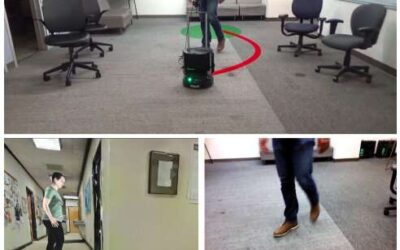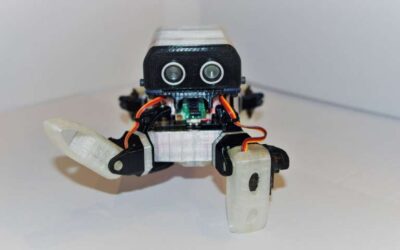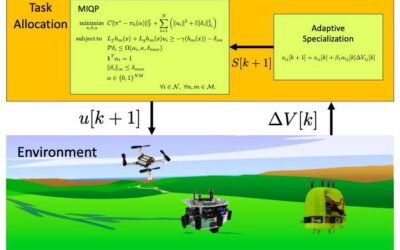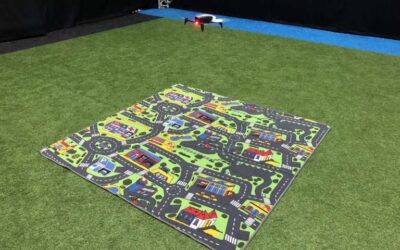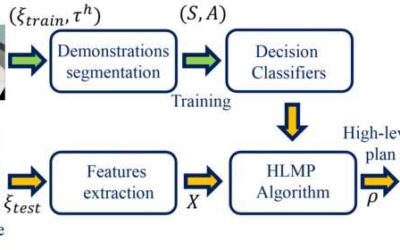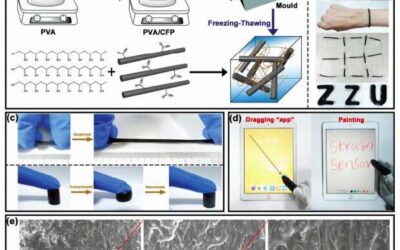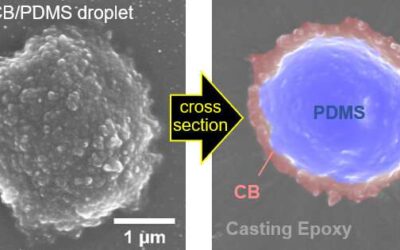In order to tackle the tasks that they are designed to complete, mobile robots should be able to navigate real world environments efficiently, avoiding humans or other obstacles in their surroundings. While static objects are typically fairly easy for robots to detect...
Robotics
LoCoQuad: An arachnoid-inspired robot for research and education purposes
Animal behaviors and the biological mechanisms underpinning them are among the greatest sources of inspiration for robotics studies. Over the past decade or so, countless research teams at universities and companies worldwide have been trying to develop robots that...
OmniTact: A compact and high-resolution tactile sensor for robotics applications
In recent years, researchers worldwide have been trying to develop sensors that could replicate humans' sense of touch in robots and enhance their manipulation skills. While some of these sensors achieved remarkable results, most existing solutions have small...
An indoor MAV pose estimation system that leverages existing Wi-Fi infrastructure
Micro aerial vehicles (MAVs) could have numerous useful applications, for instance, assisting humans in completing warehouse inventories or search and rescue missions. While many companies worldwide have already started producing and using MAVs, some of these flying...
A framework for adaptive task allocation during multi-robot missions
In recent years, robots have become increasingly sophisticated, hence they are now able to complete a wide variety of tasks. While some robots are designed to work individually, for instance providing basic assistance in people's homes, others might be more efficient...
Neuromorphic controllers to enhance control during landing in micro air vehicles
Flying insects are able to navigate their environments efficiently, processing visual stimuli to avoid obstacles and land safely on a variety of surfaces. Over the past decade or so, research teams worldwide have been trying to replicate these capabilities in...
A human-like planner that allows robots to reach for objects in cluttered environments
While research in the field of robotics has led to significant advances over the past few years, there are still substantial differences in how humans and robots handle objects. In fact, even the most sophisticated robots developed so far struggle to match the object...
A stretchable, compressible sensor for wearable electronics and soft robots
Recent technological advances have enabled the development of increasingly sophisticated electronics. Some of these new tools, particularly wearable devices and soft robots, require or can greatly benefit from flexible electronic components, including sensors,...
A sustainable strategy to manufacture sensors for soft robots
A growing number of companies and research groups worldwide are now developing compliant sensors based on composite materials, which can have a wide range of possible applications. Composite materials, those made of two or more substances, often have unique and...
A flower pollination algorithm for efficient robot path planning
Over the past decade or so, researchers worldwide have developed increasingly advanced techniques to enable robot navigation in a variety of environments, including on land, in the air, underwater or on particularly rough terrains. To be effective, these techniques...

